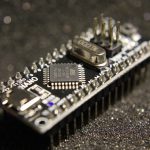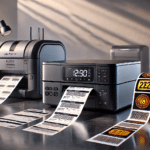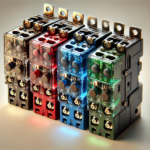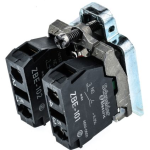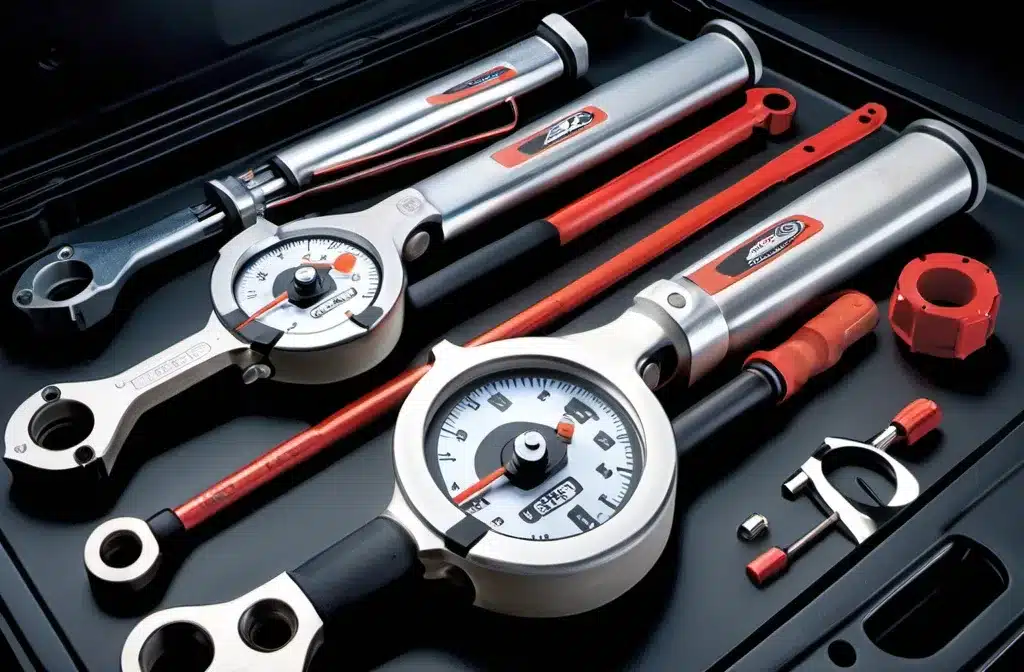
Introduction
Robust precision is paramount across mechanical, maintenance, and repair tasks, as a single mistake can lead to catastrophic consequences. Among a myriad of precision hand tools, torque wrenches are high-performance instruments that ensure the fasteners are tightened to the exact specifications. But how can these tools achieve precision and perfect tightening of compatible fasteners in various applications? This comprehensive blog uncovers the power of precision behind torque wrenches, their different types available, how they work, and why they are essential for perfect tightening.
Introduction to Torque Wrenches: Definition and Functionality
Also called torque adjustable wrenches, they are precision instruments in the category of hand tools expertly designed to loosen or tighten multiple fasteners by applying a specific amount of force (torque). Unlike standard wrenches, which require manual force, torque wrenches incorporate a calibrated mechanism to measure and control the applied torque. Moreover, these tools provide much higher accuracy, safety, and consistency than standard wrenches, making them favoured for applications where excessive or insufficient torque can lead to failure or damage.
The key purpose of a torque wrench is to ensure that the components are neither under-tightened nor over-tightened, both of which can lead to mechanical failures. By applying consistent torque, a torque wrench guarantees the integrity and safety of the assembly.
The Importance of Precision in Fastening: A Closer Look
Precision is a paramount aspect in mechanical and structural applications. When fasteners are not tightened to the exact specifications, several problems can arise. Over-tightening can cause the fastener or the part it is holding to become damaged, sometimes even leading to catastrophic failure. On the other hand, under-tightening can result in loose components, which might lead to vibrations, leaks, or even breakdowns. Furthermore, these consequences necessitate the effective use of precision instruments–torque wrenches.
How Do they Work? Exploring Their Key Components and Working Principle
The basic principle of a torque wrench is simple: the tool applies torque (a rotation force) to a fastener, where it is measured to ensure it meets the desired specification. The operating principle of a torque wrench relies on its key components, which include:
- Handle: A handle is a part of the tool where the user grips it and applies force.
- Shaft: The shaft is the body that transfers force to the fastener.
- Head: It is a part where the socket attaches to engage with the fastener.
- Ratchet: A ratchet enables controlled tightening in one direction while allowing free movement in the other.
- Scale/Indicator: A scale or indicator displays or signals the applied torque (digital, click, or beam).
Different Types of Torque Wrenches Explained: A Brief Look To Their Multiple Varieties
They are available in various types, depending on the degree of precision, ease of use, and force needed. Some popular forms include:
Beam Torque Wrenches
These are the most basic and affordable types, using a simple beam to indicate the torque applied. They are reliable tools but less precise than other types.
Click
Click wrenches are the most commonly used tools that emit a ‘click’ sound once the desired torque is reached. However, they are easy to use and offer good accuracy for many jobs.
Electronic
Electronic wrenches are equipped with digital displays and sensors, providing precise torque readings, often with visual or auditory alerts.
Hydraulic
Hydraulic wrenches are used for heavy-duty applications designed to apply a very high torque with extreme precision.
Dial
These wrenches provide high precision through a dial indicator. They are common in labs or industrial settings where exact measurements are critical.
Digital
A digital torque wrench comes equipped with digital displays and provides precise torque measurements. These hand tools often have additional features like data logging and peak torque recording.
Pre-Set Torque Wrenches
These hand tools are calibrated to a specific torque value. Once the desired torque is reached, the wrench automatically releases, preventing overtightening.
Maintaining the Precision of Torque Wrenches: Why and How Often to Calibrate Them?
Over time, a torque wrench can lose its accuracy due to overuse, wear and tear, and other environmental factors. These tools require regular calibration to maintain their accuracy, adjust the tool back to factory settings, and ensure the displayed torque matches the actual applied torque. It’s generally recommended to calibrate a torque wrench every 5,000 cycles or every year, whichever comes first. While some users may attempt to calibrate their wrenches themselves, professional calibration is recommended for precise, trustworthy results.
Torque Wrench Sets: A Premium Collection of Quality Tools
Torque wrench sets, also called torque wrench kits, refer to a collection of essential tools packaged in a compact storage case or boxes. These sets typically include a range of torque wrenches with interchangeable heads of different sizes and torque capacities. Depending on the wrench set and brand, it may consist of adjustable, insulated, ratchet torque wrenches, and reversible and electromechanical torque wrenches. Additionally, having a quality torque wrench set offers unparalleled benefits in terms of easy accessibility, tool protection, organisation, and ease of portability.
Takeaway
Torque wrenches are invaluable tools for anyone who values precision and perfect tightening in fastening. Whether you are working on cars, constructing buildings, or assembling machinery, the ability to apply the correct amount of torque is crucial for safety, efficiency, and quality. Investing in a high-quality torque wrench can save time and money and, most importantly, ensure that your work is done right the first time.







